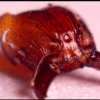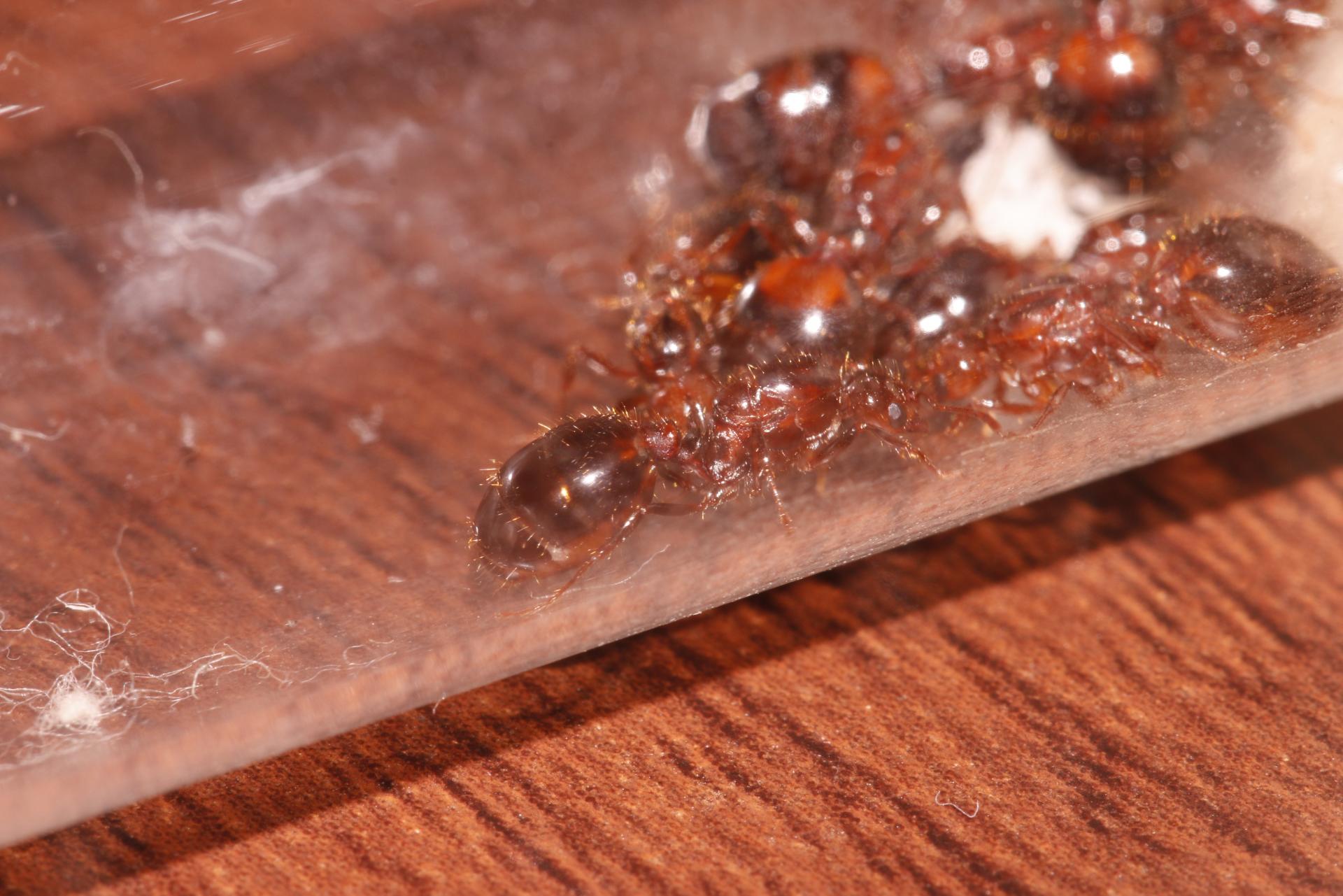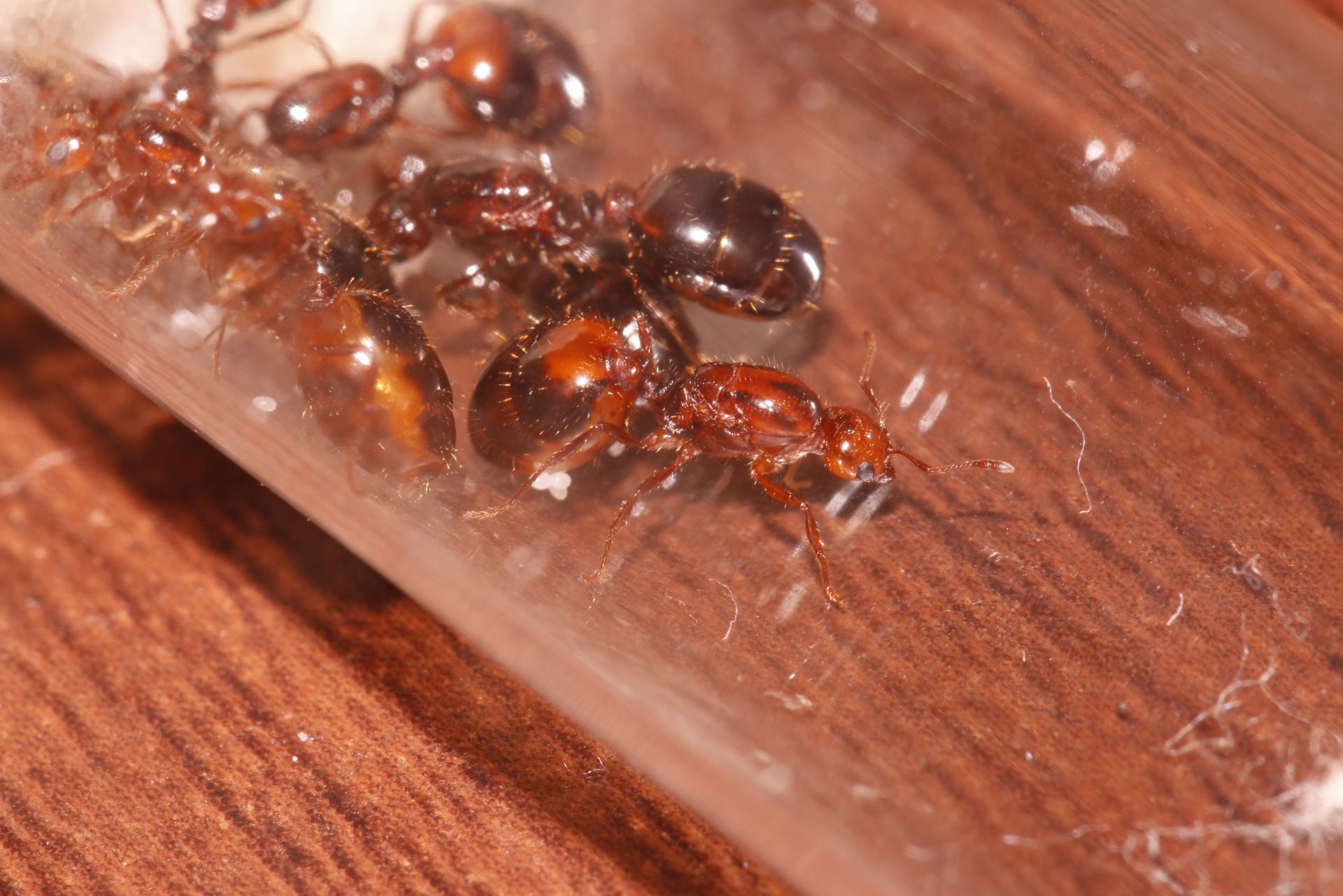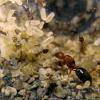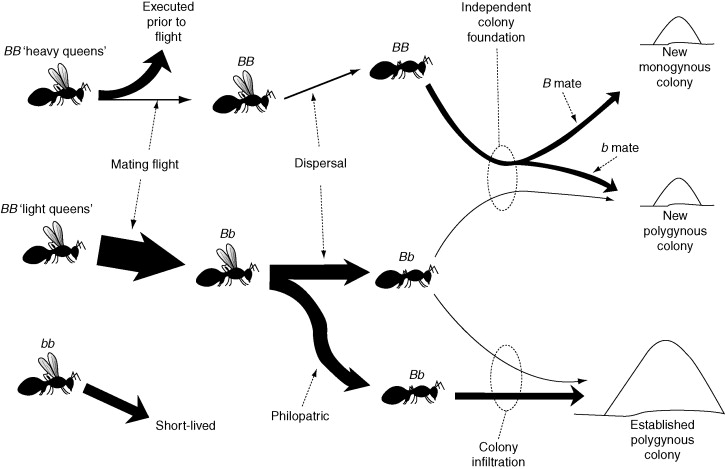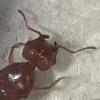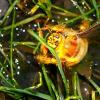Nice! There's tons of the S. invicta in my area. They've taken over the majority of the area in fact that it's actually rare for me to find any species other than fire ants. Even though they're invasive and should be removed, they're a really good starter for anyone getting into the hobby. They're abundant, prolific, hardy and disposable if you can find them locally. I've raised a few for fun and man do they grow fast! They've always grown so out of hand I end up freezing them within a year or less.
From my personal experience, polygyny in S. invicta is very random, but they're all polygynous during the founding stage. Usually once they're around 10-15 workers the queens will start picking each other off. The workers soon follow with decapitation and dismemberment until only 1 queen remains. Sometimes the queens will start killing off the more subordinate queens during the founding stage. Sometimes they just all live happily ever after. I've had one colony kill all but 2 queens up until they had about 200-300 workers then they decided to kill off 1 queen, I don't know why they waited to do that.
One word of advice is that they're very susceptible to drought, they love humidity and moisture. One time I went away for 3 days and came back to a colony of 100+ workers dead, brood shriveled, and the queen barely alive. It turned out that there was an air bubble that blocked water from flowing out of the tube of their water reservoir and it only took them 3 days to dehydrate to death.
Edited by Studio, June 1 2020 - 11:19 PM.

